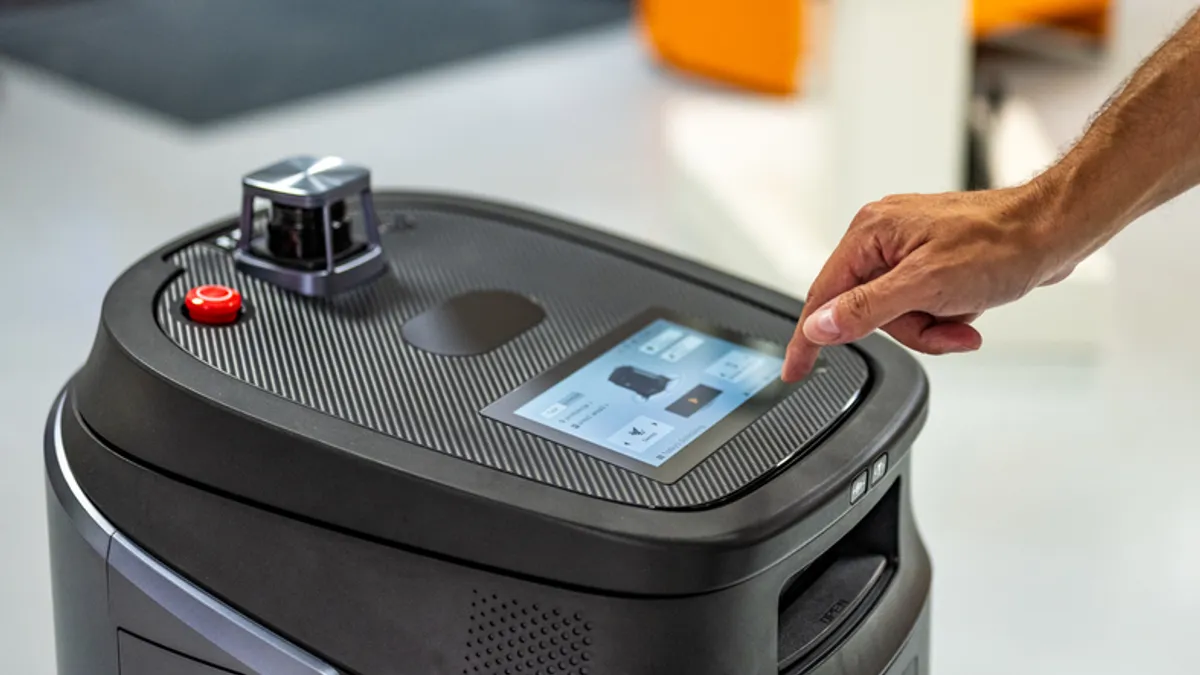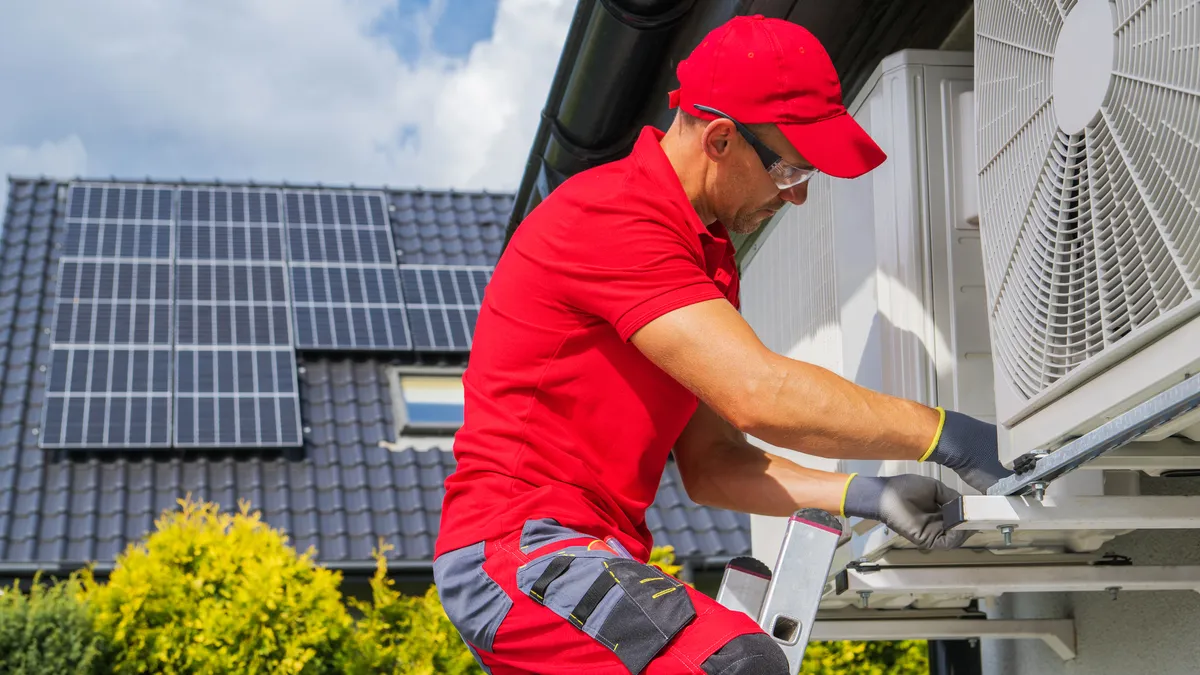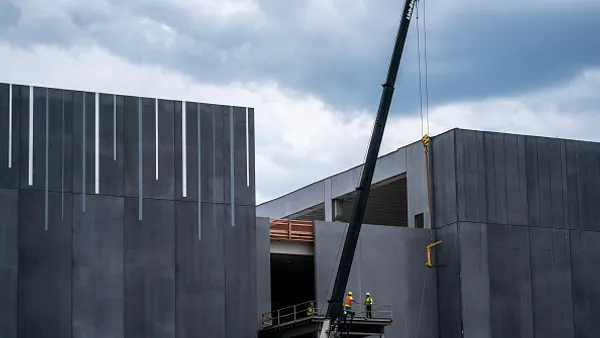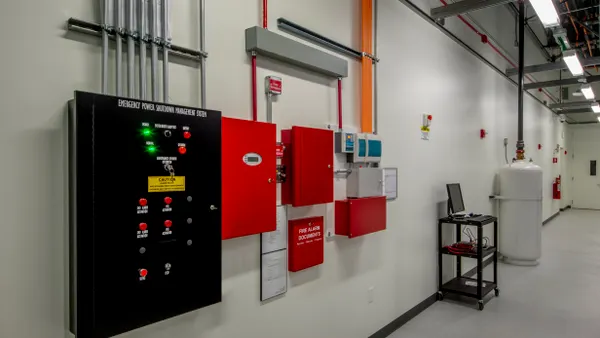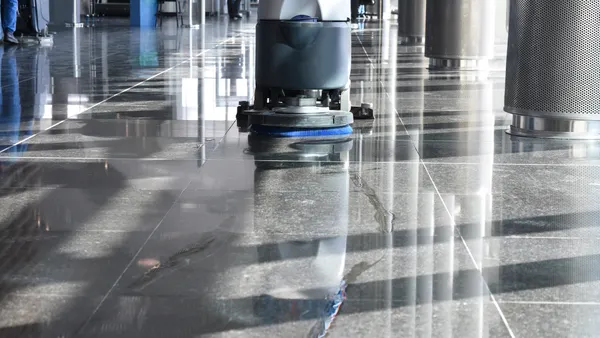Honghao Deng is CEO and co-founder of Butlr. Views are the author’s own.
Just as smart cleaning has transformed facilities management, AI is ushering in ways to maximize efficiency, optimize cleaning and boost building sustainability. The first wave of smart cleaning was marked by technologies that include robotic vacuum cleaners, air quality sensors and predictive maintenance schedules. We’re still leveraging value from these innovations today.

Yet as AI and other technologies evolve, we’re learning the limitations of the first wave of smart cleaning solutions.
For example, when robotic vacuums are set to a scheduled time and programmed cleaning path that includes areas that are not used, it leads to unnecessary wear and tear on the robots.
Similarly, for spaces that are infrequently used and suddenly get dramatic spikes in foot traffic and occupancy, it can throw off air quality sensors and predictive maintenance schedules.
These challenges have become more common with hybrid work schedules. A quarterly two-day gathering of all employees at headquarters can overload HVAC, electrical and plumbing systems, and elevate the risk of safety issues.
A big gathering can also illuminate the effectiveness, or ineffectiveness, of existing layouts to support team breakout sessions and one-on-one meetings. Further, these spikes in usage can lead to accelerated deterioration of furniture and reveal underuse of amenities, especially if the layout no longer aligns with the needs of the workforce.
Arguably, it is these types of limitations that can undermine the ROI of smart cleaning technologies. But AI can extend the life of your smart cleaning investments.
Value extension
AI is being used in workplaces and other facilities, like corporate and higher ed campuses, to better understand how people use space. For example, the combination of AI and body heat sensing technology can provide insight on occupancy and foot traffic. It can infer how colleagues interact with one another by understanding the frequency of impromptu meetings and huddles as evidenced by a concentration of body heat in a hallway.
Going a level deeper, AI can also provide insight on whether the office layout is conducive to productivity. One Fortune 500 company learned that the level of noise in their open office was driving employees to reserve conference rooms for individualized, focused work. Along with disrupting the employee’s flow of work, single employee use of a conference room increased the building’s carbon footprint because the room’s heating and cooling system was set to accommodate 12 people, not one.
When employers, facilities managers and property owners use AI to get real insights into office use, they can make better business decisions on things like hybrid work schedules, optimal office layouts or the ideal location for town halls. In turn, this can help transform the office into a place employees look forward to entering on a regular basis.
When it comes to extending the life of smart cleaning technologies, AI insights can be used in a variety of ways. They can help determine optimal cleaning schedules and provide insight into peak usage times to balance energy consumption. The AI-driven insights can also be integrated with other data sources, such as reservation systems and proptech platforms, for managing resources and property. Combining anonymous insights on human behavior in the office with other critical facilities data offers fresh ways to look at the building.
Thermal sensors
When you use AI to capture insights on office use, you have to think about privacy. It’s impossible to ignore the headlines about employers using technology to monitor employee productivity by keystroke, emails or phone calls. If tenants, employees and facilities managers hope to use the latest AI to better understand the workforce in the office, they should consider using technologies that are based on thermal sensors.
This type of sensor detects and measures temperature and converts it into data that AI interprets. Since thermal sensors do not include cameras, they gather data without having to capture the identities of individuals.
Decisions based on this type of data are driven by aggregated behaviors. These behaviors are indicative of the needs of the majority of the workforce and reflect the corporate culture.
Technology companies are starting to see that buildings function as a kind of large, untapped user interface that has the potential to anonymously capture insights that will benefit people. Through advancements in smart cleaning products, building operations technology and AI, we’re sure to see an uptick on the value of commercial real estate as operators tap this new source of data to improve the tenant experience.


